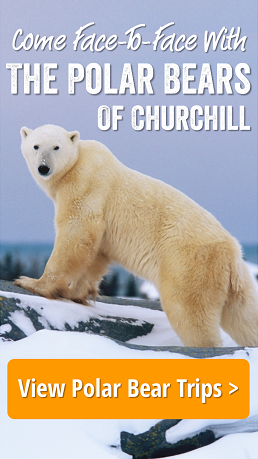by Steve Selden | May 17, 2015 | Churchill Photography
This detailed photograph of a Churchill husky appears as a painting. The gray, black and white hairs blend together to form the tight knit coverage for the climate. Sled dogs in Churchill are hearty and strong and can endure frigid cold weather in winter. They are born to run!
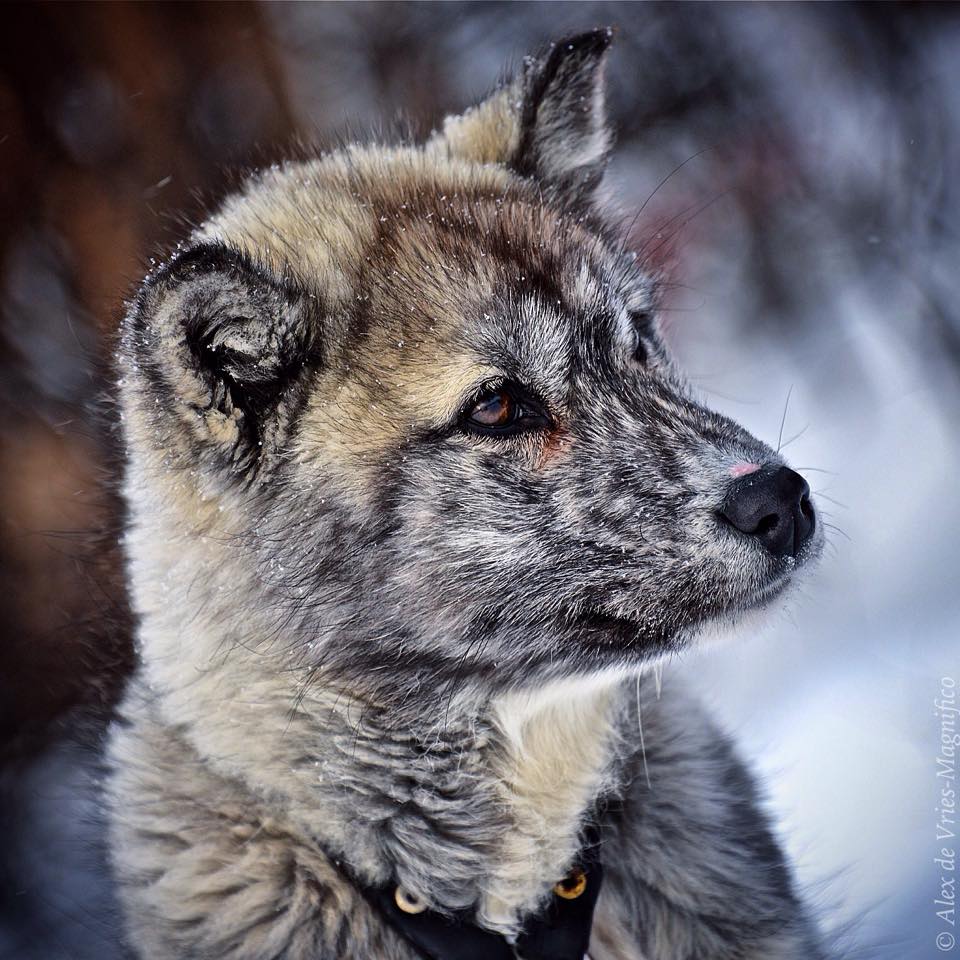
Churchill sled dog puppy. Alex de Vries Magnifico photo.
by Steve Selden | May 17, 2015 | Churchill Photography
These photos by Alex de Vries – Magnifico are fantastic and tell the Churchill story from a local photographer putting in the time to get great photos. Enjoy these magnificent Magnifico photos!





by Steve Selden | May 15, 2015 | Churchill News
If you take an adventure to Churchill in the near future there are some “must see” attractions you should take in before you leave the frontier town. Of course some are season specific while some are year round accessible.
1.- Polar Bears: Not many people are unaware that Churchill is the polar bear mecca for viewing the “king of the Arctic”. During October and November the town is filled with high numbers of travelers hoping to see these amazing creatures in the wild. Of course summer also holds the potential for sighting fewer numbers of polar bears but still the chance exists. If you come during the winter to perhaps view northern lights, you will not see any as they are hunting seals on the Hudson bay ice. So plan a trip during the optimal window and come see the polar bears of Churchill!
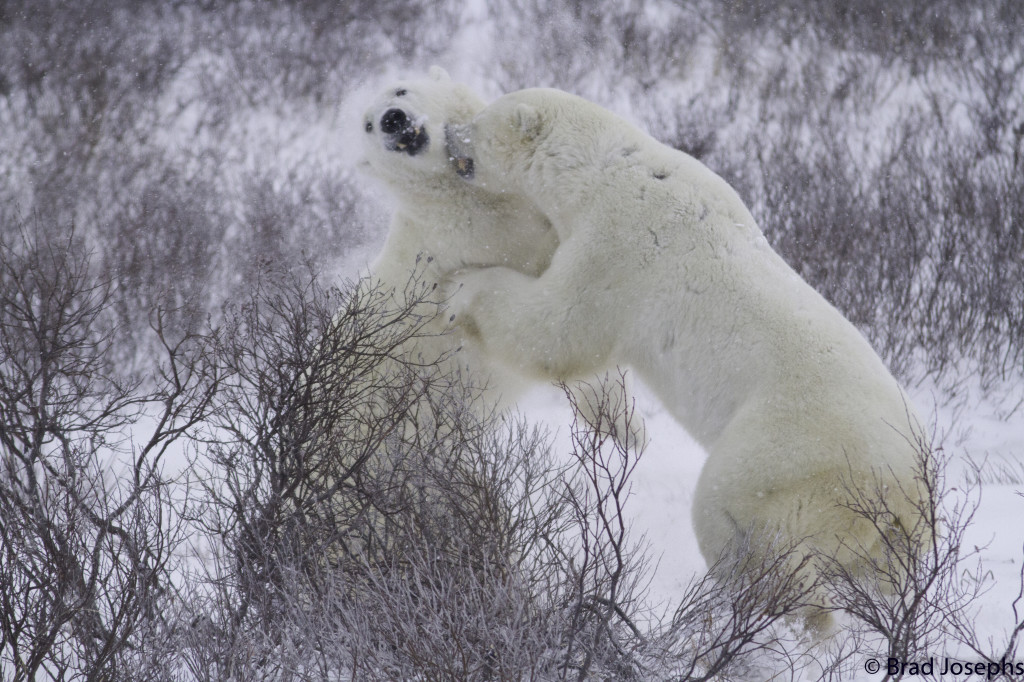
Polar bears sparring in the Churchill wildlife management Area. Natural Habitat Adventures photo.
2. Precambrian Shield: When in Churchill you will notice the rocky coastline and glacial polished rocks jutting out of the tundra in different areas of the surrounding area. You really will need to get out on the Precambrian shield and feel the energy that emanates from the heavy stone embedded in the Earth. The geological features are wondrous and magnificent and are some of the oldest rocks on the planet. You can easily become immersed in the natural history of the formations and see how the landscape adapts to their shape and movement.
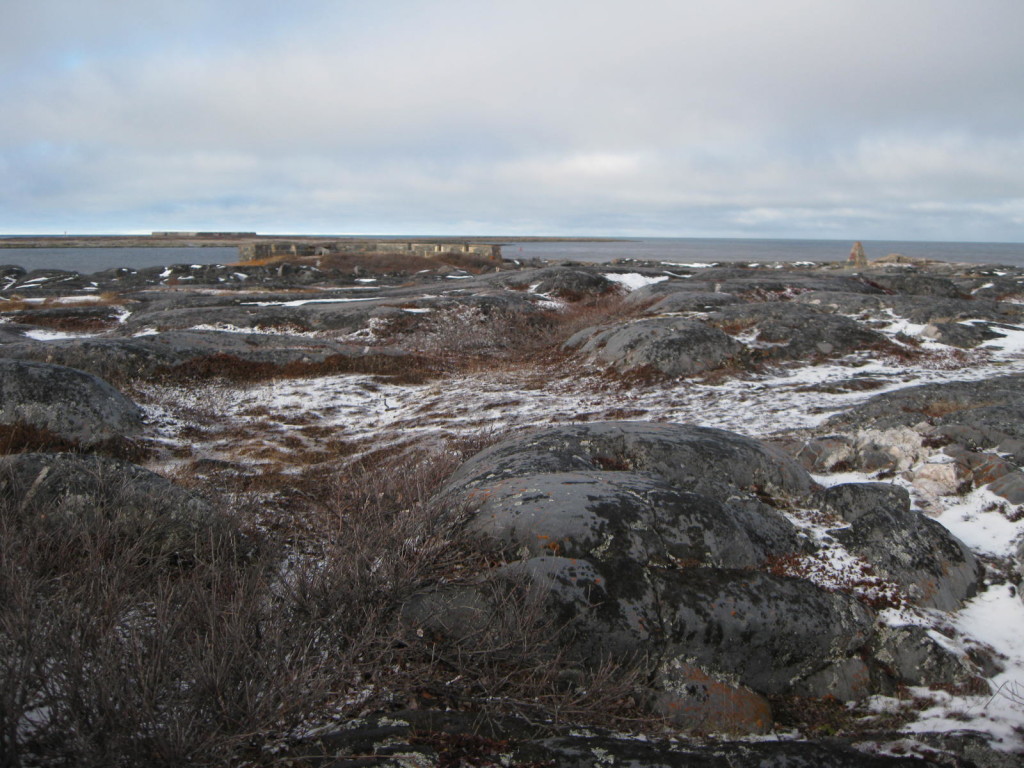
A view across the Cape Merry barrens past the battery and to Fort prince of Wales. Natural Habitat Adventures photo.
3. Churchill Northern Studies Center and surrounding area: At the far reaches of the main road out of Churchill heading east lies the old Fort Churchill Rocket Range. These grounds are now occupied by the new and improved Churchill Northern Studies Center. The center is a bastion for Arctic researchers and travelers to live and learn from the incredible diversity of the ecosystems colliding in one place. A tour of the facility and exploring the lakes and patterned ground in the area via trails is a must for getting a feel for the true sub-Arctic biome.
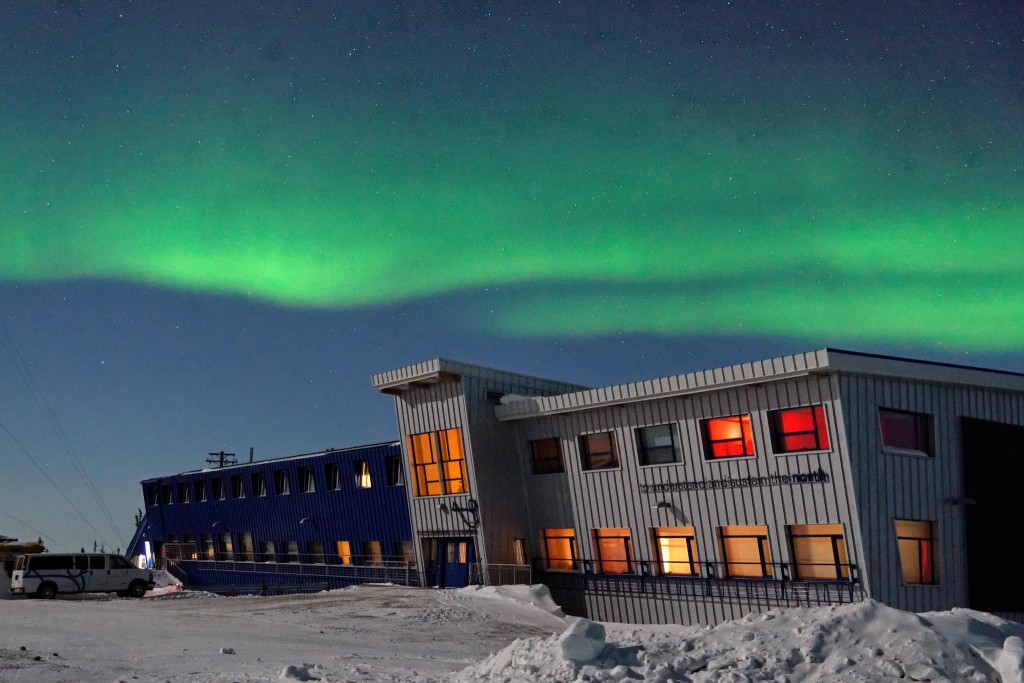
Churchill Northern Studies Center. CNSC photo.
4. Northern Lights: Another fairly obvious “must see” in Churchill. Located under Van Allens belt in the magnetic field of our atmosphere, Churchill is an optimal location to take in these mystical and scintillating lights. Natural Habitat Adventures has a new option to view the aurora; an Aurora Pod. With other various viewing options available as well, this is an absolute must see in Churchill.
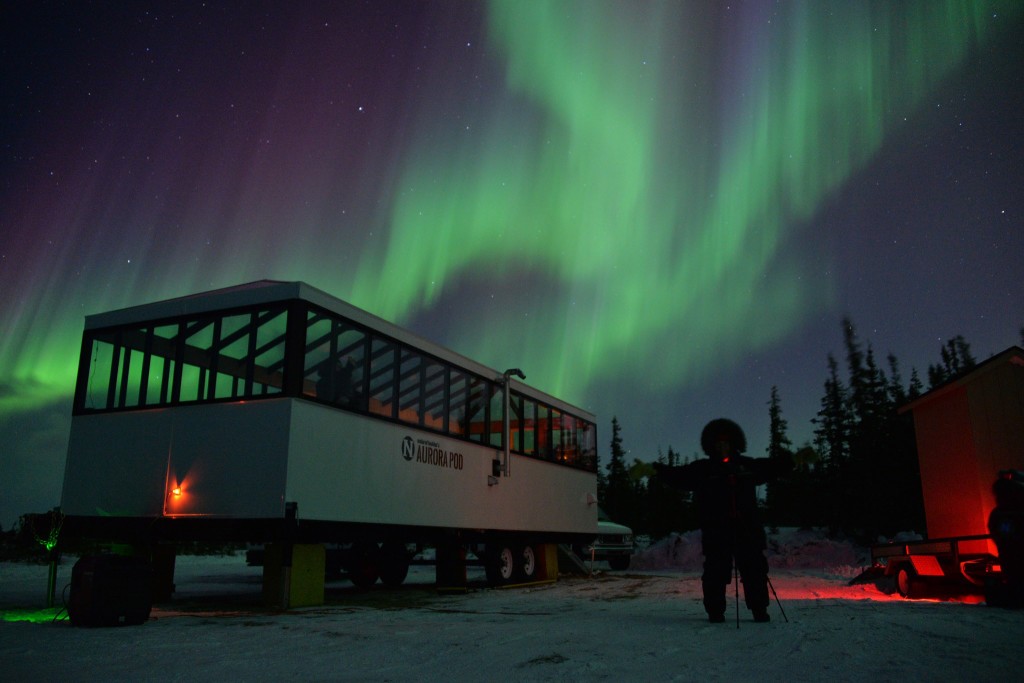
Natural Habitat’s Aurora Pod and an avid photographer. Alex de Vries – Magnifico photo.
5. -Cape Merry: This is probably the most beautiful and peaceful spot around Churchill. When guiding Churchill Arctic summer groups I would always bring the group there first as a relaxing orientation to the region. We would spend hours looking for flowers and studying the geology of the area. Fort Prince of Wales is just across the Churchill River (often teeming with beluga whales in summer) and the vast expanse of the Hudson Bay unveils itself as far as the eye can see.
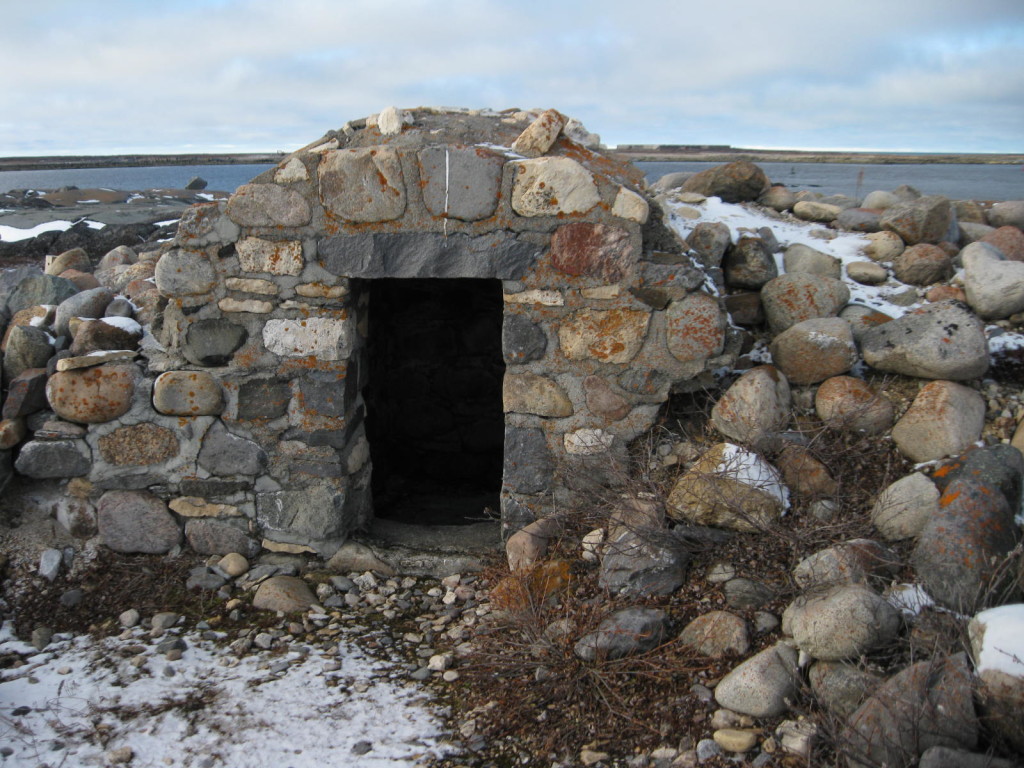
Ammunition cache at Cape Merry for cannon protection of Fort prince of Wales. Karen Walker photo.
by Steve Selden | May 14, 2015 | Videos
An exciting Animal Planet video about Halloween in Churchill, Manitoba. In 2013 a polar bear attack following Halloween night left two people injured and the town terrified from the attacks. Here’s the story!
by Steve Selden | May 13, 2015 | Conservation
Animals all over the Earth on land and within its oceans have evolved with some type of amazing camouflage or survival disguise in order to further exist in the wild. Many of these adaptations are intricate patterns or color shades that enable the living being to blend in with barely a trace of detection by predators.
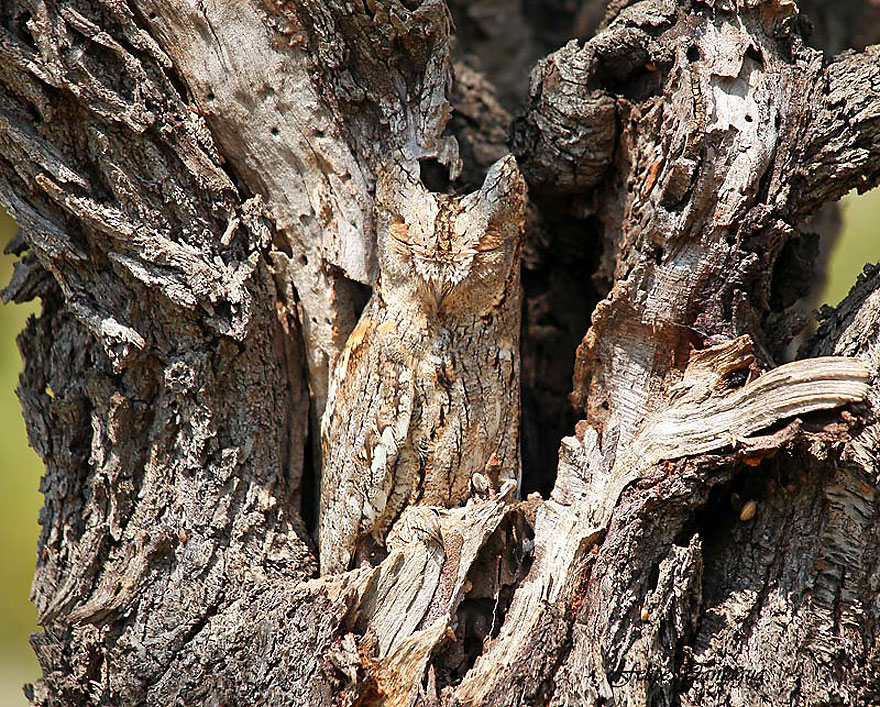
Owl blending perfectly in with a tree. Eoiarucasadvancedone.blogspot photo.
Camouflage in animals tends to adhere to three factors regarding environment. Blending in and becoming one with the environment is most common in nature. Behavior and physiology of the animal, relating to the behavior of the predator. And lastly, the environment in which the animal lives and hunts its food.
Since animal camouflage is genetically determined, each new generation adapts to it environmental features a little better. most animals mimic the habitat’s coloration and features and take on some representation in their appearance for disguise. Some species are able to change those features as needed through biological means. Chameleons obviously come to mind in this regard. Birds and some furred animals also adjust by shedding or molting and growing different colored coats seasonally.
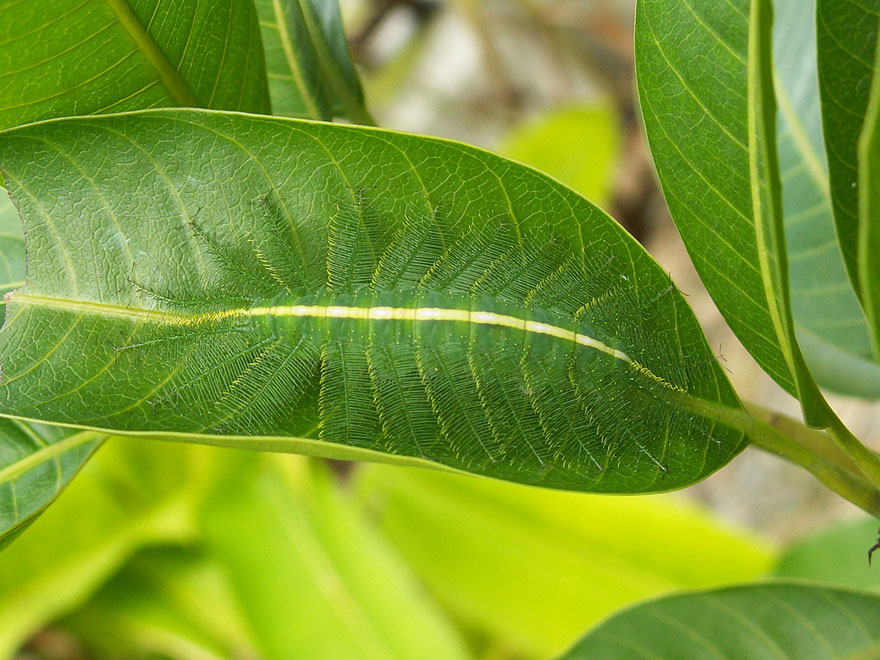
Common baron caterpillar blending into a leaf. Wohinauswandern photo.
Animals also use camouflage in groups or herds. Zebras blend their individual stripes together and appear as a larger mass to dissuade would be predators like lions. Tropical fish utilize this tactic as well by forming huge schools as protection. See kids… another reason to stay in school.

Polar bear using white to blend in. Natural Habitat Adventures photo.
Polar bears and Arctic animals use white as their camouflage. Polar bears are obviously a larger animal that has few predators besides humans. Therefore, blending in for them is a matter of disguising for predatory reasons. In essence, sneaking up on seals on white ice is the advantage gained. Other Arctic animals such as Arctic fox, Arctic hares, ptarmigan and beluga whales all need that white on white for protection from predators in the wild.
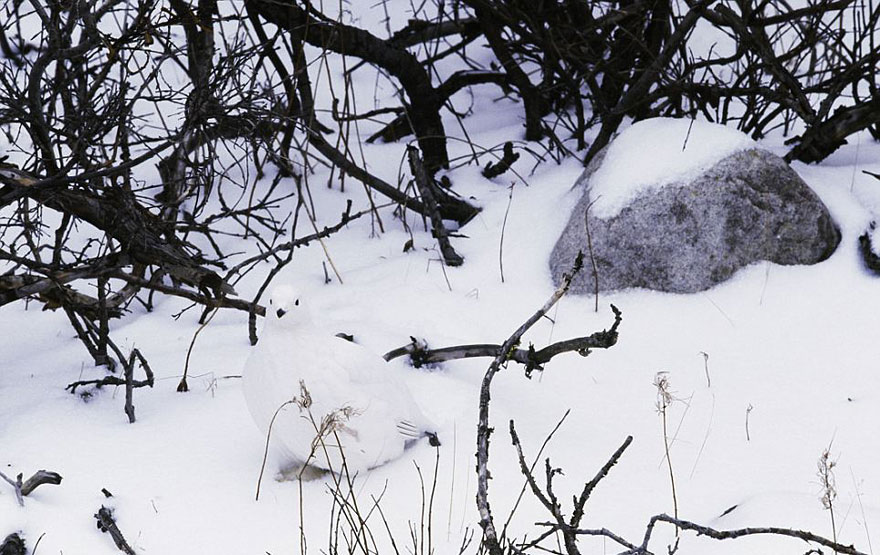
Willow ptarmigan becoming one with the snowy tundra. Art Wolfe photo.
by Steve Selden | May 12, 2015 | Churchill Photography
Here are some fantastic photos of polar bears from really talented photographers! Enjoy the Churchill images on this Tuesday. I’m amazed at how many new depictions of polar bears capture their incredible beauty from so many different vantage points. We would love to post some of your best wild polar bear photos. Post them on our Facebook page: Churchill Polar Bears.

Polar bear mom and cubs. Roie Galitz photo.

Polar bears sparring intently. Simon Gee photo.

Polar bear sniffing its way around a polar rover. Brad Josephs photo.
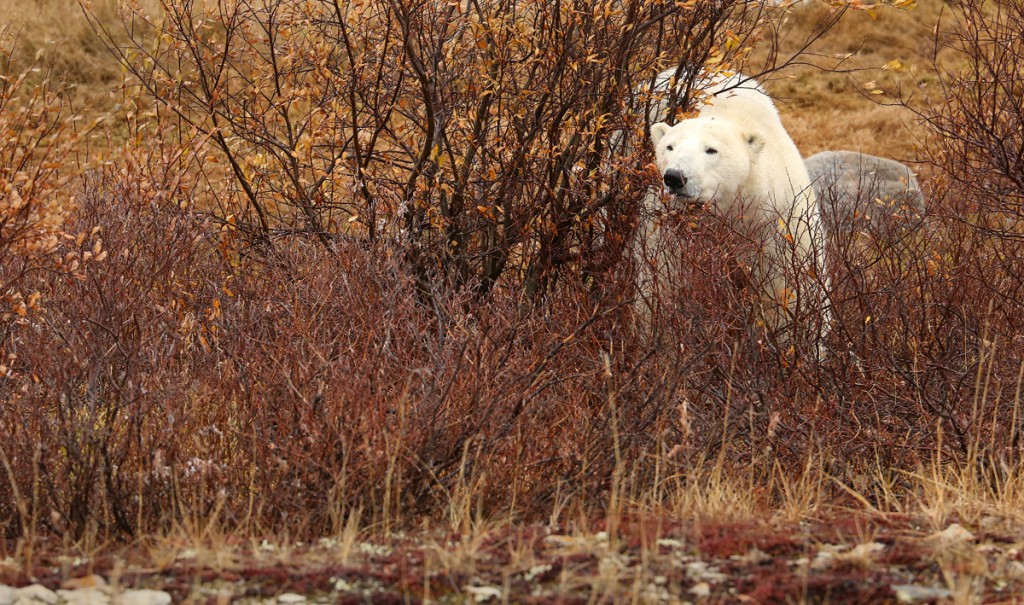
Polar bear in the willows in Churchill. Eric rock photo.
Come photograph the majestic polar bears of Churchill this fall!




















